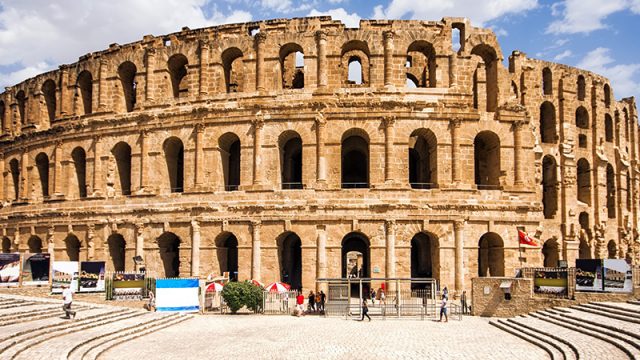As one of the oldest inhabited places on Earth and one with an abundance of wildlife, it should come as no surprise that the United Nations found many, many places in Tunisia to add to its list of World Heritage Sites, which recognize spots of extreme cultural, natural or physical significance. Here are Tunisia’s 8 incredible UNESCO sites, and why you should visit them.
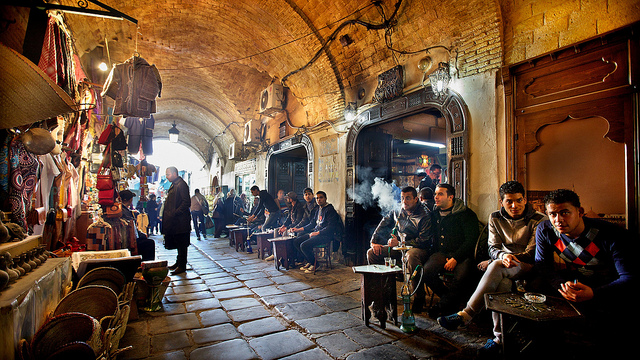
Courtesy of Michael Foley / flickr
Medina of Tunis
Why you should visit: There are over 700 historic monuments that cover seven different areas, including the Kasbah Mosque, Zitouna Mosque, Bab Bhar Gate and more. Most of the Medina is still intact and looks just like it did when it was originally built in the 8th century. It became a heritage site in 1979.
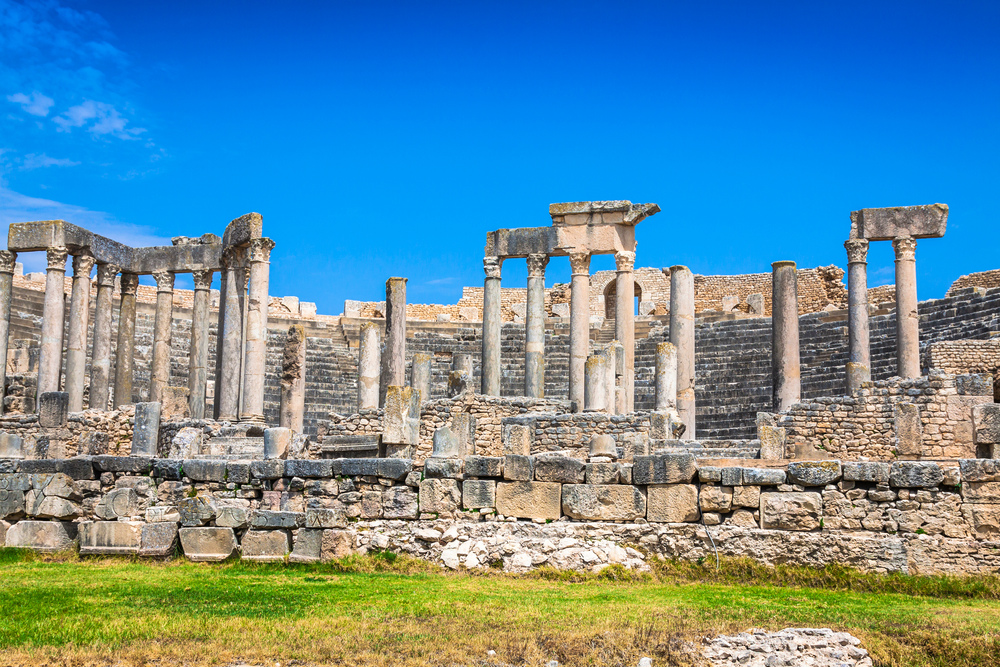
Shutterstock
Dougga
Why you should visit: This 75-hectare archaeological site encompass the ruins of a city that existed for 17 centuries and fused Numidian, Punic, Hellenistic, and Roman cultures. The ruins are surprisingly complete and well-preserved, and illustrate what daily life was like in a small provincial town during the Roman period.
Punic Town of Kerkuane and its Necropolis
Why you should visit: About an hour outside of Tunis in Cape Bon, on the peninsula that juts out into the Mediterranean, lay the ruins of Kerkouane, a Phoenician city that was abandoned during the First Punic War (around 250 BCE). While not as impressive as Carthage, Kerkuane makes a great outing from the capital — especially if you’re into history — and the journey is good way to see the surrounding countryside.

Shutterstock
Carthage
Why you should visit: The Carthaginian Empire, which once controlled large swaths of North Africa and the Mediterranean, fell into decline after it was destroyed by Rome during the Punic Wars. The ruins of this vast ancient power still stand in stark tribute to the city-state’s former splendor, and are easily accessible from Tunis (they are on the outskirts of the city).
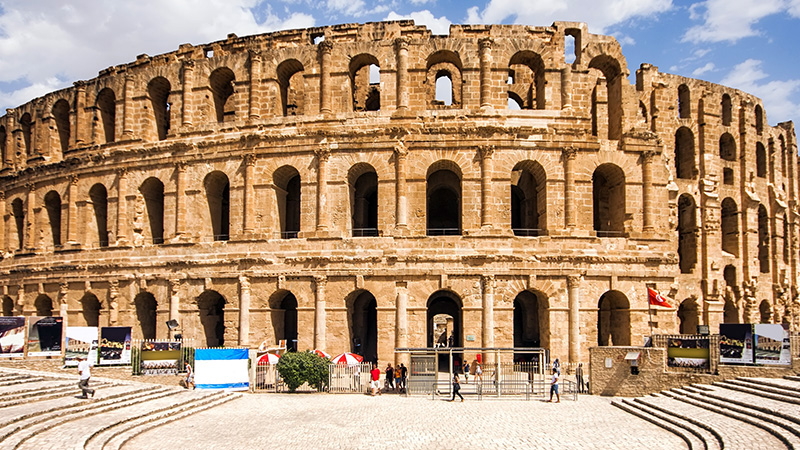
Shutterstock
Amphitheatre of El Jem
Why you should visit: This ruins of this once-majestic amphitheater, the largest colosseum in North Africa, illustrate the grandeur and extent of Imperial Rome. You might recognize this 3rd-century monument from the movie “Gladiator,” which use it to film some scenes.
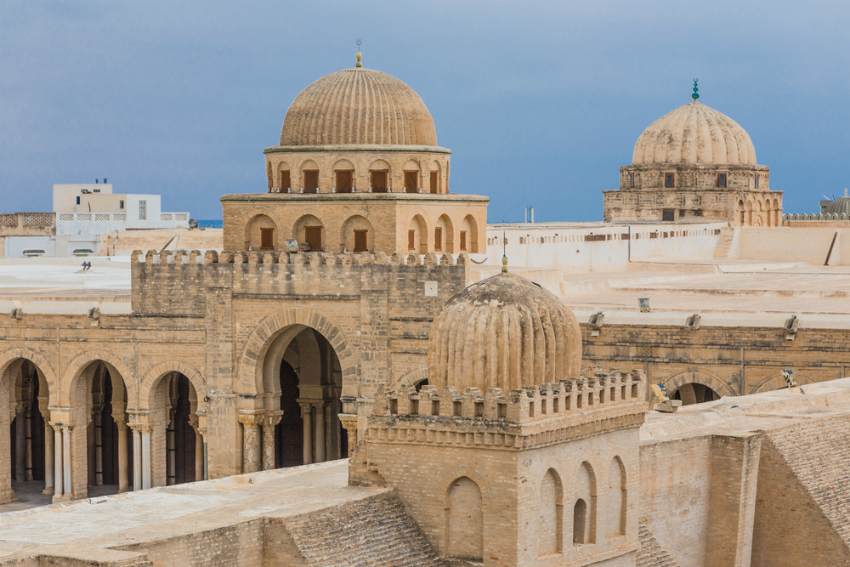
Grand mosque in Kairouan, Tunisia (Shutterstock)
Kairouan
Why you should visit: The holiest city in Tunisia, Kairouan is home to the both the spectacular Mosque of Uqba and Bir Barouta, a well that legend says is connected to Mecca. Here, a camel dressed in brightly-colored fabrics and ribbons walks blindfolded around the well, using its strength to draw water. In addition to the religious sites, the medina, with its brightly colored doors and friendly merchants, is one of the most picturesque in the world. Go in spring, when the Flower Souk ensures that the medina hangs heavy with the scent of jasmine, bougainvillea and orange blossom.
Ichkeul National Park
Why you should visit: Ichkeul is the last remaining lake in a chain that once extended across North Africa. Birdwatchers love the lake and wetlands that surround it because they are a major stopover point for hundreds of thousands of migrating birds, such as ducks, geese, storks and pink flamingoes, who come to feed and nest there.
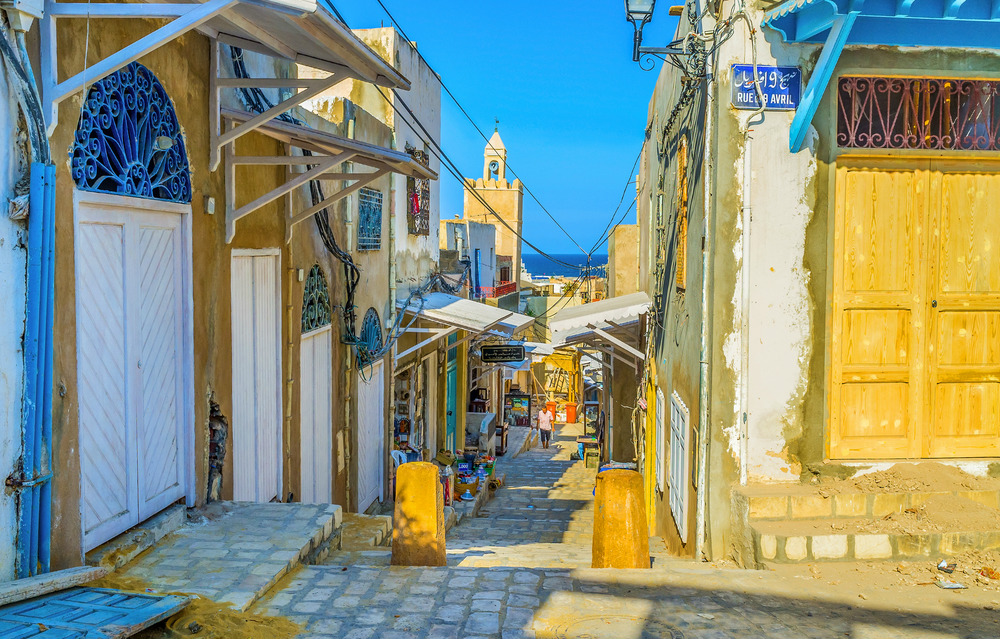
eFesenko / Shutterstock
Medina of Sousse
Why you should visit: The medina is not only full of boisterous merchants, but an incredible array of architectural gems: the Ribat, the Great Mosque, the Bou Ftata Mosque, the Kasbah and the ramparts. Sousse also offers 5.5 kilometers (3 miles) of underground passageways, tunnels, and caverns holding the remains of thousands of Tunisian Christian remains from over 1500 years ago.
Relevant content on AFKTravel:
A Photographic Tour Of Djerba, Tunisia
10 Things To Know Before You Go To Tunisia
Why You Should Visit Ethiopia’s Remarkable UNESCO World Heritage Sites
Want to discover the finer side of Africa? Sign up for our weekly newsletter.
